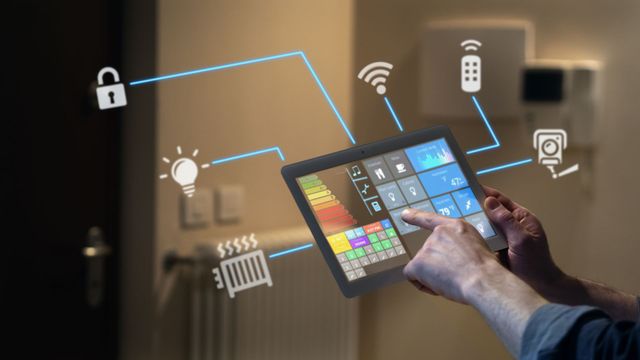Navigating the Intricate Landscape of Regulatory Standards for Cyber Security in Multi-Dwelling Residences to Ensure Occupant Security and Data Safeguarding
Wiki Article
In the current society, numerous people live in multi-unit buildings, such as apartment buildings and condominiums. Such places frequently share shared infrastructures for online and additional amenities. Although this arrangement can be convenient, it also raises significant concerns about network safety and regulatory standards. Ensuring the security of residents and protecting their information is crucial. This article will examine the intricate environment of compliance guidelines for network security in multi-dwelling buildings, emphasizing how these standards help keep residents safe and protected.
One of the key regulatory standards that apply to system security is the General Information Privacy Regulation (GDPR). This law is designed to safeguard personal data and confidentiality for individuals inside the European Union. Although it mainly pertains to businesses operating in Europe, its tenets can influence procedures in other regions as also. For multi-dwelling units, adhering to GDPR requires establishing strong information safeguarding measures. This includes making sure that tenants' individual information is gathered, kept, and handled securely. By adhering to these guidelines, building managers can help build trust with tenants and ensure their data is protected from unauthorized intrusion.

A further important guideline is the Health Insurance Flexibility and Responsibility Act (HIPAA), which safeguards confidential patient information in the medical sector. In multi-dwelling buildings, especially those that offer healthcare services or have tenants with particular health needs, adherence with HIPAA is crucial. This means that any health-related information gathered from residents must be kept private and protected. Building managers must ensure that their system infrastructures are designed to prevent information breaches and illicit access. By doing so, they not only comply with regulatory requirements but also promote a secure residential environment for all residents.
Alongside GDPR and HIPAA, the Credit Card Card Industry Information Security Standard (PCI DSS) is a further critical compliance guideline. This guideline is especially relevant for multi-dwelling buildings that process debit card payments for rent or services. PCI DSS outlines protection protocols that must be implemented to protect cardholder data. This entails securing confidential data and regularly monitoring network security. By adhering to PCI DSS standards, building administrators can minimize the threat of information breaches and safeguard tenants' monetary information, which is vital for maintaining their confidence and security.
Ultimately, it is go to the website crucial for multi-dwelling units to stay updated on local and federal laws regarding system security. Laws and standards can change, and remaining aware is essential for adherence. Building administrators should regularly review their security policies and practices to make sure they comply with current requirements. This proactive approach not only assists in upholding adherence but also improves the general safety of the system. By focusing on resident safety and data protection, multi-unit units can establish a safe residential space that encourages trust and peace of mind among residents.
In conclusion, navigating the complex landscape of compliance standards for network safety in multi-unit buildings is crucial for ensuring resident safety and data protection. By understanding and implementing standards like GDPR, HIPAA, and PCI DSS, property managers can create a secure environment for their residents. Staying updated about local regulations and regularly assessing safety protocols further improves this dedication to safety. Ultimately, a strong focus on compliance not only protects residents but also builds a sense of community and trust within multi-unit units.